For interceptors, the Danes used the F-104G Starfighter,
which they had the good sense NOT to press into service as a ground attack aircraft, thus avoiding the morbid "lawn dart" and "tent peg" jokes the West Germans had to suffer through. Even so, the Danish F-104 loss rate was 23.5% (12 out of 51). Oddly, the Norwegians, who also used them only in the interceptor role, lost only 6% and that in a country known for harsh weather! Oh! I just remembered another German joke - "What's the definition of an optimist? A Starfighter pilot who quits smoking." Ahem...well...moving right along....
The Danes relied on two aircraft types for their ground strike capability. The older of the two was the American-built F-100 Super Sabre, both the single seat D model:
The Danes had been using the Hun since 1959 and it wouldn't finally be retired until 1982. Despite it's age, it could still pack a wallop with a 7000lb (approx. 3200kg) payload, although how effective it would've been over a modern battlefield against an enemy well supplied with up-to-date, shoulder-fired SAM's is debatable.
The second strike aircraft used by Denmark was the Saab F-35 Draken; the single seat strike version:
As well as some twin seat TF-35 trainers, normally unarmed, but which could easily be adapted for reconnaissance and strike roles:
Prior to the RF-35 reconnaissance Drakens, the RDAF used RF-84F Thunderflashes:
However, they were all retired in 1971 when the Drakens took over. Though they were kept in reserve for a few years, they were gone by 1981. I quite like this aircraft for some reason, so I may get just one, reasoning that a few might still have been in mothballs and pressed into service for the war emergency. Sounds plausible to me. The version available from O8 is the blunt-nosed fighter version, the Thunderstreak, like this West German one:
So I'd have to round the nose off with green putty. We'll see if I decide to get one.
And lastly, in 1980, both the F-100's and F-104's began to be retired and replaced by the new F-16A's that Denmark started buying from the US:
These served as interceptors, ground strike aircraft, and in the reconnaissance role. In time, even the Drakens would be retired in their favor.
As you can see from the above photos, throughout the 1970's and up through 1983, all RDAF combat aircraft, save only the new F-16's in their three-tone grey scheme, were in overall gloss (except for the old Huns) olive drab green, for which, Humbrol 155 is an exact FS match.
And here are my first Danish fixed wing aircraft; two Drakens:
Danish markings courtesy of Dom's Decals. As usual, because the minis are suspended on a wire, it's difficult to get decent shots of the little devils.
Two F-100 D's should arrive in the mail on Monday and I have a pack of F-16's as part of the next order I'll be placing, so stand by for more!
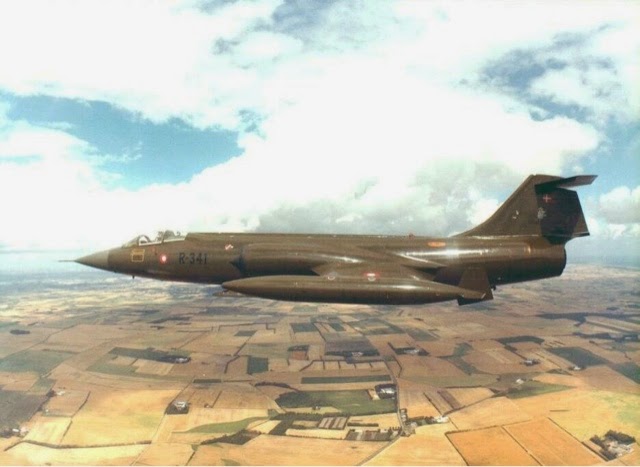

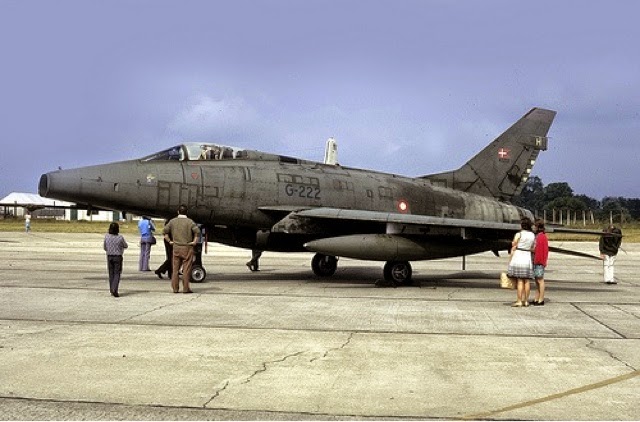


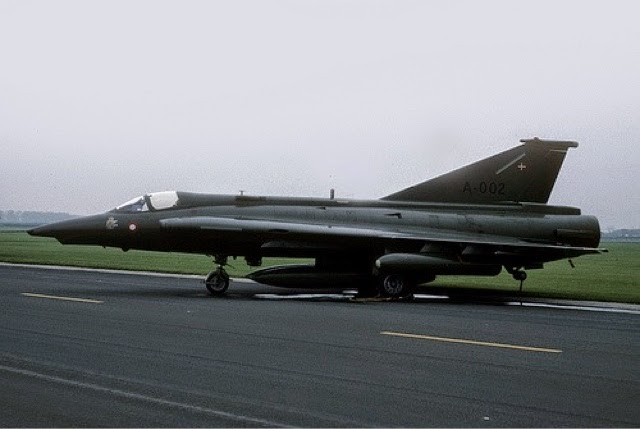

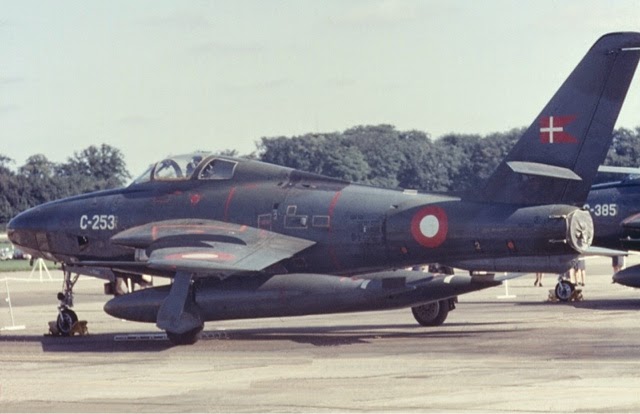
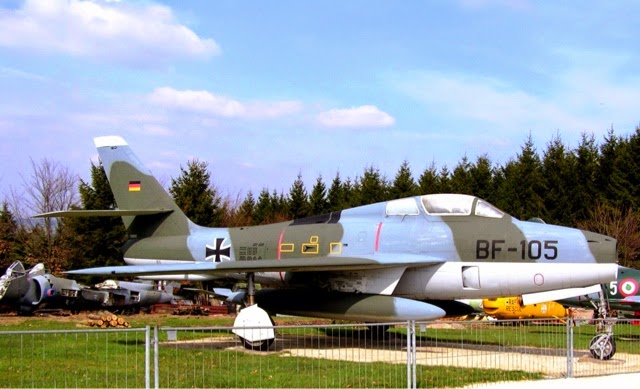

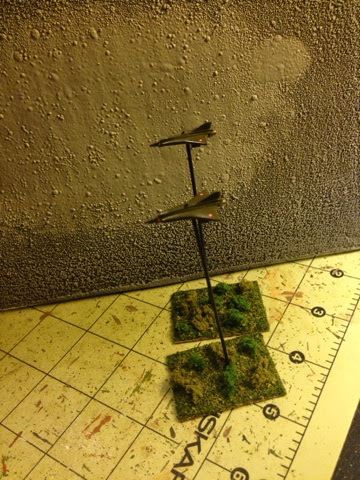
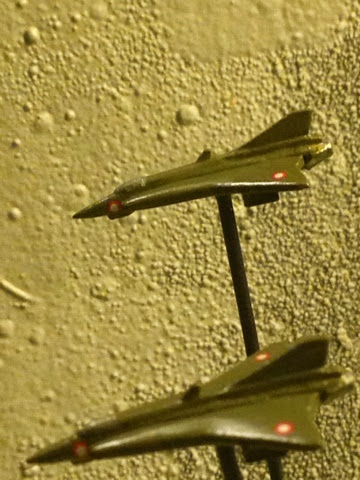


No comments:
Post a Comment